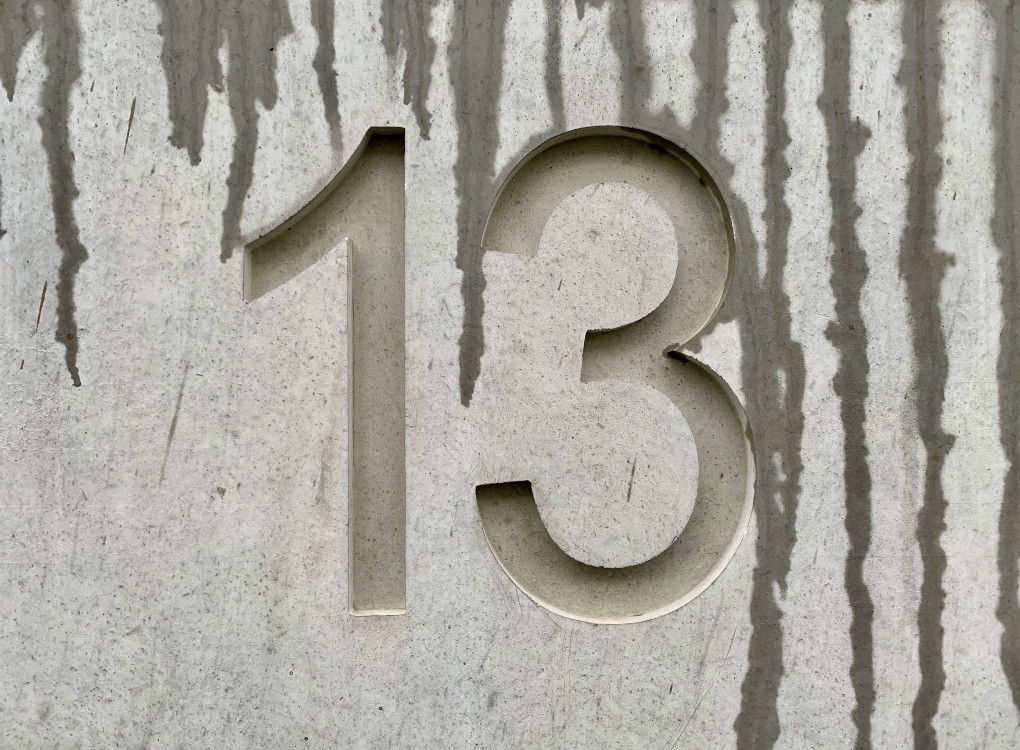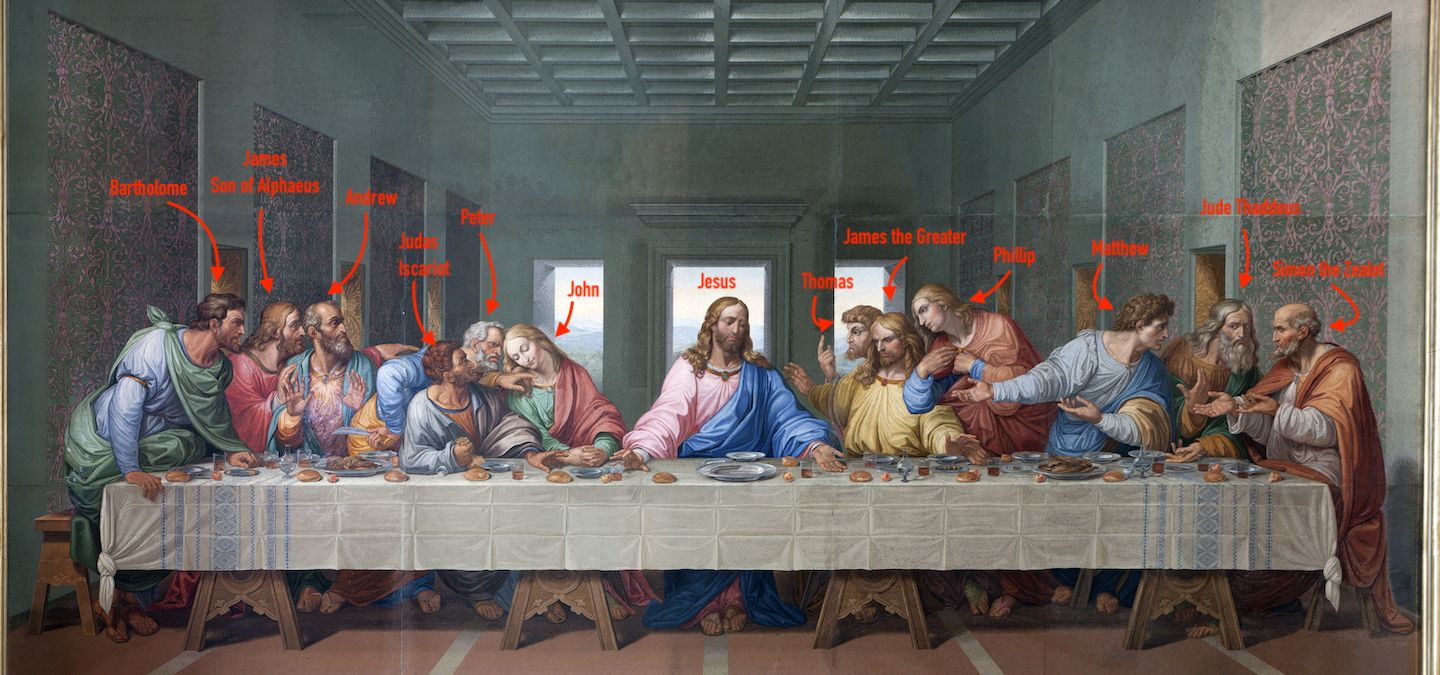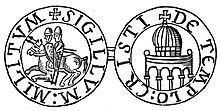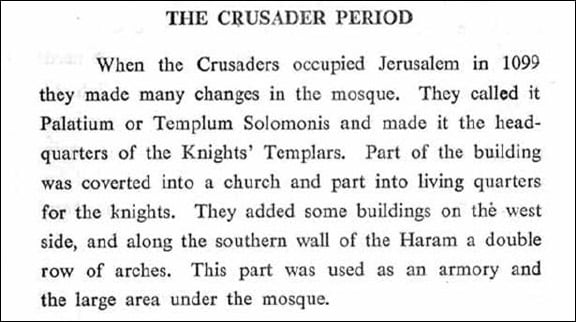With its large golden dome and multi-colored mosaics, the Dome of the Rock dominates the skyline of the Old City of Jerusalem. It’s one of the most-photographed examples of Islamic architecture in the world. Along with the nearby al-Aqsa Mosque, it is a key site of pilgrimage for Muslims from around the world.
And yet, there was a time when Catholic Mass was celebrated within the walls of this exquisite building.
According to the Encyclopaedia Britannica, the Dome of the Rock is the oldest extant Islamic monument in the world, marking the site from which, Muslims believe, Muhammad ascended into Heaven.
The rock from which the Prophet took off is regarded by Jews as the site where Abraham was ready to sacrifice Isaac, his son, when God spared the life of the young man.
The caliph ‘Abd al-Malik ibn Marwan built the original Dome of the Rock between the years 685 and 691 as a shrine for pilgrims. The caliph wanted it to tower above other structures in Jerusalem and outshine them in splendor, thereby demonstrating the superiority of Islam over Christianity and Judaism. To do so, he employed Byzantine architects, who erected an eight-sided building crowned with a dome, covered outside with marble and mosaic tiles.
Abd-allah al-Iman al-Mamun, who was caliph from 813 to 833, restored the building, but the dome fell in an earthquake and was rebuilt in 1022.
When Christian Crusaders from Europe took over Jerusalem in 1099, they turned the Dome of the Rock into a church, placing a large golden cross at the top, according to UCatholic and other sources.
“The Dome of the Rock was converted to a church and crowned with a cross,” writes Stephen J. Binz in Holy Land Pilgrimage. “However, the Temple Mount was immediately reverted to Muslim devotion after the defeat of the Crusaders.”
The Christians thought the Dome of the Rock was the original Jewish Temple. That is why there were many round temple-churches built in imitation of it, says the Catholic Encyclopedia.
In fact, Raphael painted it as the Temple in the background of his "Espousal of the Blessed Virgin."
The Dome of the Rock became an abbey church known as the Lord’s Temple (Templum Domini), served by Augustinian canons, according to Benjamin Z. Kadar and Denys Pringle, in their article "1099-1187: The Lord's Temple (Templum Domini) and Solomon's Palace (Palatium Salomonis)."
"The pilgrim John of Würzburg, who visited Jerusalem in the early 1160s, reports that Muslim worshipers were allowed to pray on a spot just south of the Dome of the Rock, at a sundial which the Franks [Crusaders] regarded as originally having been the altar at which the Old Testament priest Zechariah met his death," Kedar and Pringle write. "At least one Jew managed to pray at the Esplanade or even within the Dome, for Maimonides writes: I entered the Great and Holy House and I prayed in it on Thursday, the sixth day of Marheshvan [4926],' that is, 14 October 1165."
Otherwise, the entire Temple Mount, they write, was "thoroughly Christianized."
Some among the new rulers identified the rock in the shrine’s center with the Holy of Holies of Solomon’s Temple. A nearby crypt, for them, was the location of Christ’s encounter with the adulterous woman.
But, as Saladin reconquered Jerusalem in 1187, the Christian century of the Dome of the Rock came to an end.























